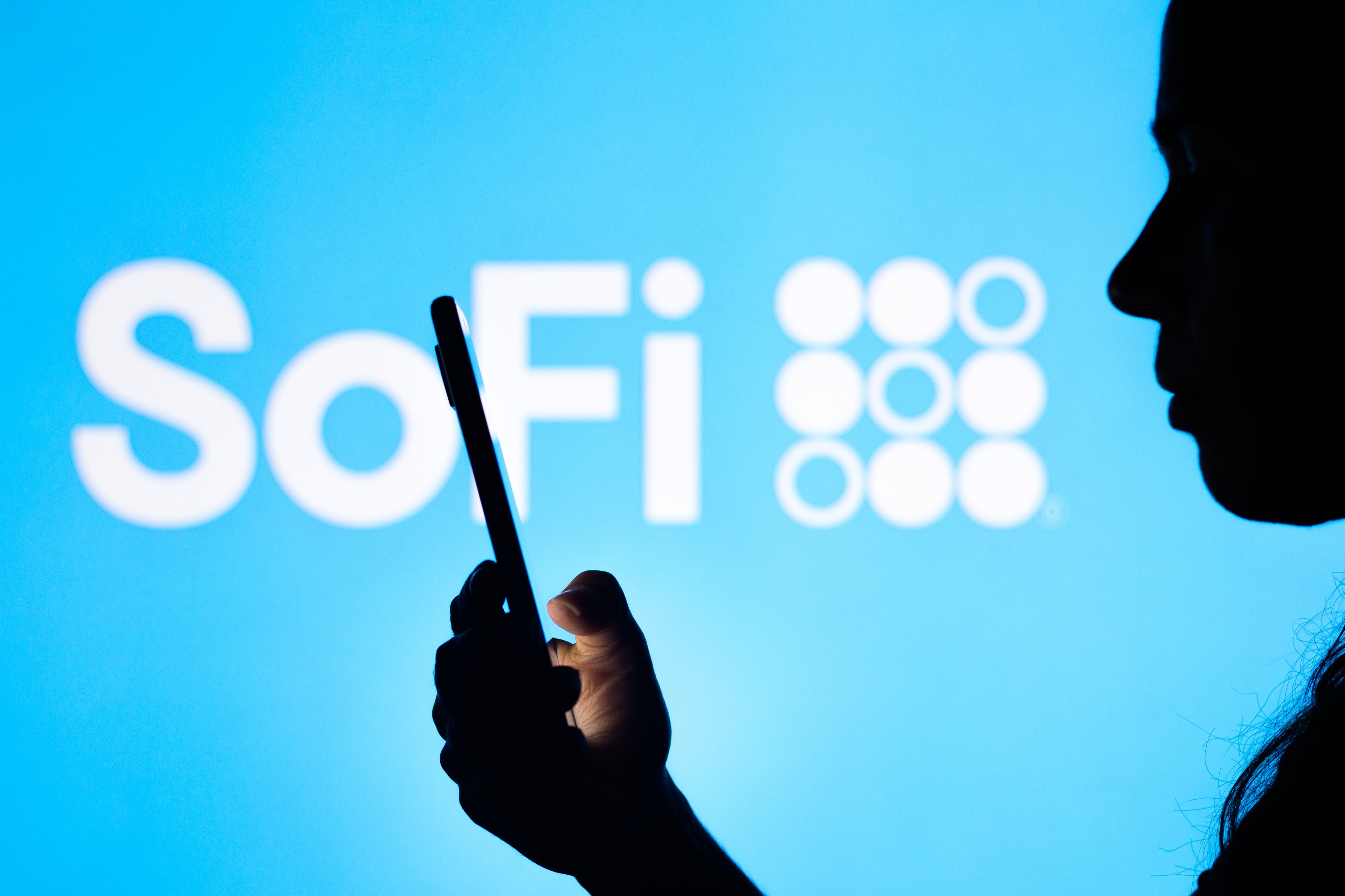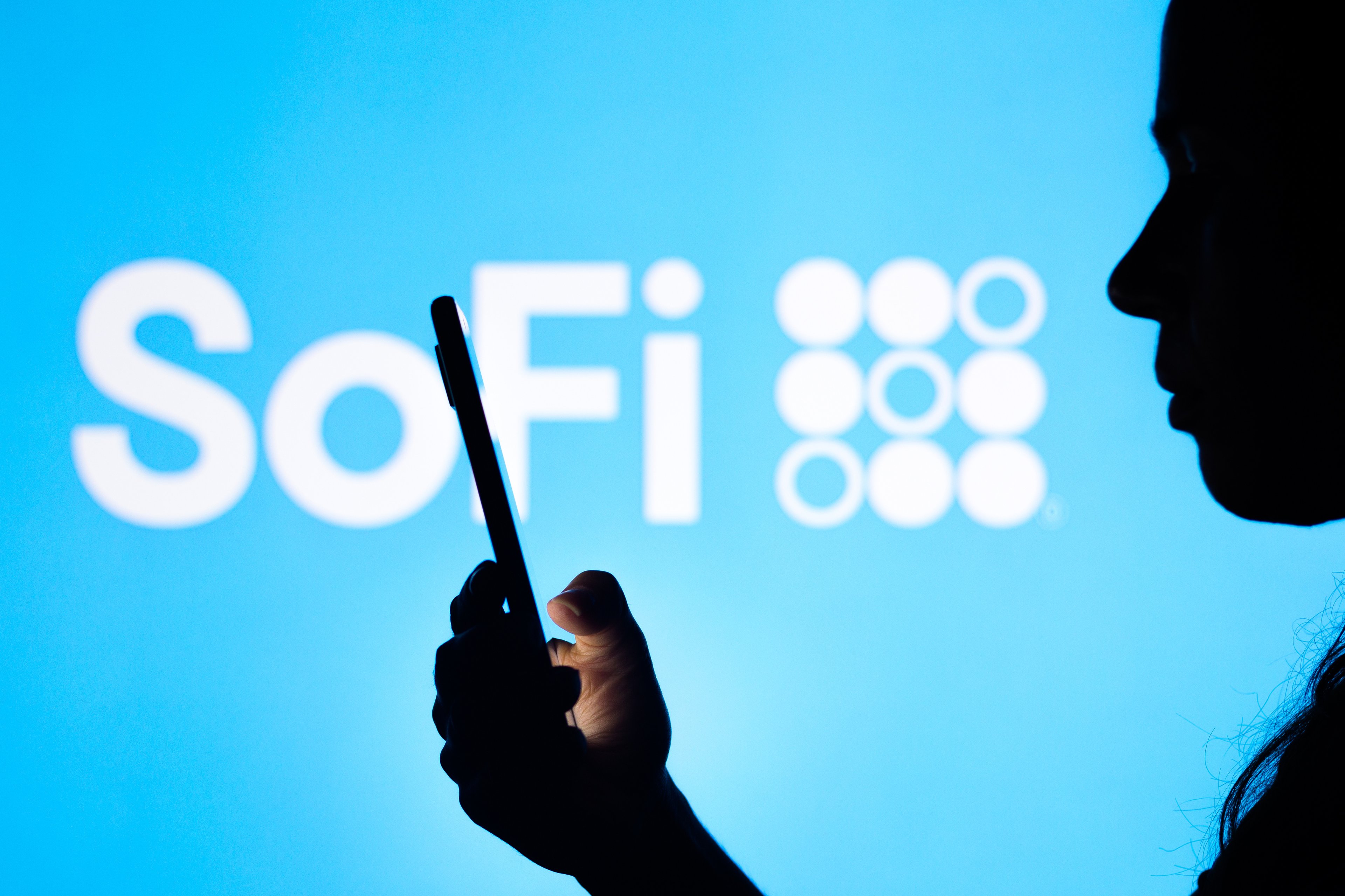SoFi Technologies (SOFI 1.43%) has taken investors on a volatile journey. However, the digital banking powerhouse has been a huge winner in recent times. As of Aug. 15, the shares were up an impressive 54% in 2025.
This strong gain has been spurred by impressive financial performance. For the three months ended June 30, SoFi gave shareholders a fresh update that can drive more optimism. Here's what this fintech company's latest earnings report means for long-term investors.

Image source: SoFi Technologies.
Growth is far from over
SoFi proved to investors that there remains a large growth opportunity ahead. The business historically has expanded at a rapid pace, as its superior experience and digitally native offerings won over customers. This story is far from over.
During the second quarter, SoFi added 846,000 net new members, bringing the total to more than 11.7 million. This figure was up 34% year over year. That helped to drive a 43% jump in revenue, which came in at $855 million.
The financial services segment was the standout, as its revenue more than doubled. SoFi's customer base will keep expanding, with innovation front and center. The company plans to bring back crypto investing, and it will introduce artificial intelligence (AI) tools. These launches will only help SoFi become a more comprehensive financial platform for consumers.
The leadership team is so confident that raised its forecasts. For 2025, SoFi now expects adjusted net revenue to rise by 30%. Chief Executive Officer Anthony Noto continues to believe that SoFi will one day become a "top 10 financial institution." The most recent quarter's growth shows that the business is heading in the right direction.
Proper risk management
One area of strong growth comes from SoFi's lending operations. In Q2, loan originations soared 64% year over year to a record $8.8 billion. Digging deeper, personal loans, the largest category, rose 66%. Student loans and home loans also registered robust demand.
With such huge growth coming from lending activities, investors should rightfully be thinking about SoFi's risk management. In other words, growth needs to come about in a financially prudent way; otherwise the company will be exposed to big losses at some point in the future in an adverse economic scenario. SoFi deserves credit because the net charge-off rate for its personal loans declined to 2.83% in Q2, the lowest rate in at least 10 quarters.
It helps that SoFi targets an affluent customer base. For instance, the average FICO score (part of Fair Isaac) of its personal loan borrowers is 743. What's more, they have an average yearly income of $161,000. This can be viewed as a much safer demographic that provides a financial safety cushion.
Nonetheless, investors should pay attention to the performance of these loans down the road. For any banking entity, proper risk management is critical to long-term success.

NASDAQ: SOFI
Key Data Points
SoFi's improving profitability
After years of posting net losses, SoFi is now operating in the black. The latest three-month period was the company's seventh straight quarter of positive net income based on generally accepted accounting principles (GAAP). Diluted earnings per share (EPS) totaled $0.08, compared to $0.01 in Q2 2024. SoFi is showing how scalable its operations can be, with a digital-first model that can leverage various expenses.
SoFi's continuing profitability should give investors confidence that the business will be able to expand its bottom line in the years ahead. According to Wall Street average analyst estimates, SoFi's EPS will rise at a compound annual rate of 23.2% between 2024 and 2027. However, this could be conservative, given how much the company has exceeded expectations in recent quarters.
Prospective investors and existing shareholders now have a better understanding of SoFi's latest quarter of growth, lending activities, and profitability as they relate to the long term.






